The superb new exhibition at the Royal Academy, Francis Bacon: Man and Beast, is not a retrospective. Nonetheless it is one of the most revealing presentations of this great painter’s work I have ever seen. It follows one of the most important of the chains of thought and feeling that ran through his art — animality: the beastliness in humanity, and the humanity of beasts.
He was a great master of the feral. ‘Man with Dog’ (1953) depicts a creature with which it would be hazardous to tangle: a blurred, slathering smear with just a hint of Cerberus, the ancient guardian of Hades. Just below its paws is the gutter, with a drain opening downwards into the earth. So this is an utterly, even squalidly naturalistic picture, but with distinct overtones of something else, which you might call metaphorical, or even metaphysical. The image was derived from photographs of a walking mastiff by Eadweard Muybridge, a favourite source of Bacon’s.
Holding the dog’s lead is a ghostly, sinister shadow. There are a lot of those in Bacon’s pictures and they seem to have had a specific meaning for him: death. ‘Most artists,’ he said, ‘are very aware of their annihilation — it follows them around like their shadow.’
One day Francis Bacon was walking down a street in London with a friend, the painter John Wonnacott. Suddenly he stopped, pointed at a horizontal shadow and exclaimed: ‘Do you see the way that eats into the figure, like a disease?’ This remark gives an insight into the way that Bacon saw and felt, how he observed the world around him — in this case someone strolling in strong light, and an oblong of shade; how he perceived things poetically and morally.
This exhibition is not simply an array of Bacon’s animal pictures, though he produced a surprising number of paintings of dogs, bulls, birds, monkeys and other non-humans — many of them marvellous. Its point is encapsulated in another of Bacon’s remarks: ‘We are all animals if you care to think about it.’
The thought that Homo sapiens is a species of ape dawned on the European mind in the aftermath of Darwin’s On the Origin of Species — the era in which Bacon (1909–92) grew up. He sensed that inner beastliness deeply and conveyed it in paint with sensational power. The blurring Bacon loved, derived from photography, suggested he had captured something wild, prowling, struggling, getting ready to pounce.
‘Study for a Portrait’, another showstopper from 1953, does for middle-aged businessmen what ‘Man with Dog’ does for domestic pets: it reveals their inner savagery. Admittedly the subject, sitting up on a bedstead in suit and tie, does not look overtly hostile. He shows his teeth in what might be a jovial laugh. But the figure is full of ominous power. That open mouth could bite and rend; the laughter might be a prelude to a lunging attack. A masochist by sexual preference, Bacon was, he said, excited by an ‘atmosphere of menace’.
Of course, by no means everybody reacts like that. But Bacon’s sensibility made him aware of the dangerous edges of existence. Some individuals, vicious criminals for example, he thought ‘remain far closer to their animal instincts’, whereas ‘most people live a kind of veiled life and tend to disguise what they are, what they want, what they really feel’. His own artistic superpower was the ability to express that animality in paint.
There are a handful of works in this show that make you stop and think: this must be among the greatest paintings of the 20th century (‘Study for a Portrait’ is one). But the exhibition also brings out how uneven in quality Bacon’s art was. The installation is somewhat chronological, beginning with an early work and ending with the artist’s last (a shadow of a bull, depicted partly with dust from the studio floor, and presumably representing his own approaching end).
Along the way, however, pictures from different periods are mixed up to illustrate particular themes, inadvertently revealing how hit and miss Bacon could be. This was partly because what he was trying to do — attempting to ‘trap this transient thing’, that is, life — was tremendously difficult. Formally untrained as he was, Bacon also had great handicaps, particularly not being able to draw well — at least in the academic, anatomically accurate manner.
Even in a stunning painting such as ‘Two Figures’ (1953) the anatomy is hopeless. This is, shockingly for its time and place, a representation of two men having sex on a bed, derived from a photograph of naked wrestlers. It looks as if Bacon has had two goes at the upper man’s back, neither remotely ‘correct’. But this doesn’t matter. As Lucian Freud, on whose wall this work hung for many years, noted: ‘Francis was so brilliant’ he made you forget all that.
To put it another way, he might not have been able to draw but my goodness he could paint. Bacon seemed to have an intuitive feeling for pigment and how it behaved: thick and thin, viscous and dry, pulled along the weave of the canvas. He had this sense of the possibilities of paint from the beginning. It’s visible in the vaporous early ‘Crucifixion’ (1933), with its almost ectoplasmic figure.
This unBritish feeling for what the French call the matière was presumably the reason why Graham Sutherland made an unexpected comparison of Bacon with Vuillard. You can see what he meant in a Bacon such as ‘Figure Study’ (1945–6), which is not in fact a depiction of a human being but an almost hallucinatorily vivid evocation of the textures of a tweed coat, grey Homburg hat and billowing bouquets of flowers. These are summoned up almost entirely with brush marks; the blossoms, for example, are a haze of coloured splodges. There is a lot of that kind of beauty in Bacon, along with the fear, menace and horror, if you care to look for it.
He never quite lost these magical painterly abilities. That last picture of the bull is extraordinary. But to my eye, Bacon was at his peak in the 1940s and early ’50s. His triptychs of the 1960s and ’70s can have great force but the metaphysics get a bit too obvious. They are like altarpieces dedicated to an absent God and an abject, all too mortal humanity.
There’s also something that doesn’t quite work visually about, say, ‘Triptych — Studies of the Human Body’ (1970). It’s the way the three nudes are silhouetted against solid rectangles of mauve, a device borrowed from abstract painting. In conversation, the American critic Clement Greenberg complained that he found Bacon too ‘crisp’. Perhaps what troubled his eye was that such pictures look like cut-outs against a backdrop.
In the earlier paintings the central subjects are often presented more atmospherically against heavy curtains such as those that might enclose a stage or screen. There is always something theatrical even about the greatest Bacon, or perhaps cinematic is more accurate, since Eisenstein’s Battleship Potemkin was among his sources. Like his near-contemporary, Alfred Hitchcock, he was master of creating maximum visual impact. Bacon believed that there ‘is an area of the nervous system to which the texture of paint communicates more violently than anything else’. On a good day, he truly hit that spot.
Got something to add? Join the discussion and comment below.
Get 10 issues for just $10
Subscribe to The Spectator Australia today for the next 10 magazine issues, plus full online access, for just $10.
Francis Bacon: Man and Beast is at the Royal Academy until 17 April.
You might disagree with half of it, but you’ll enjoy reading all of it. Try your first month for free, then just $2 a week for the remainder of your first year.

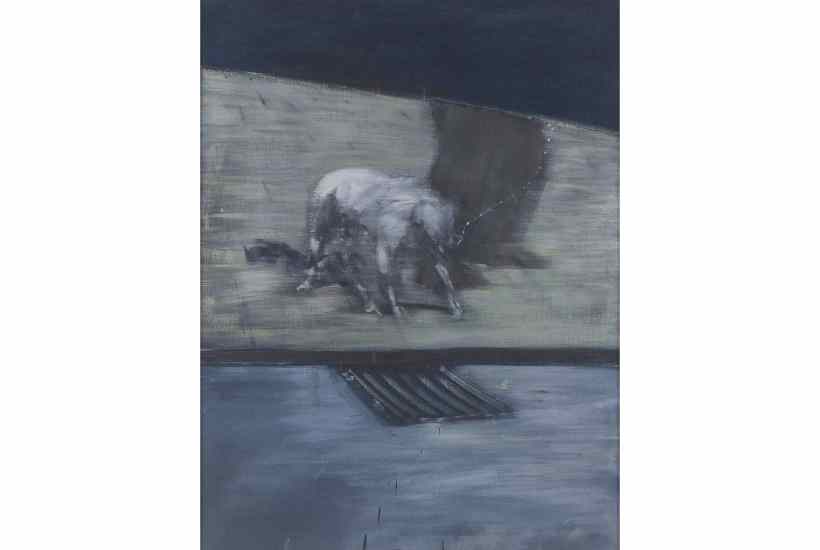
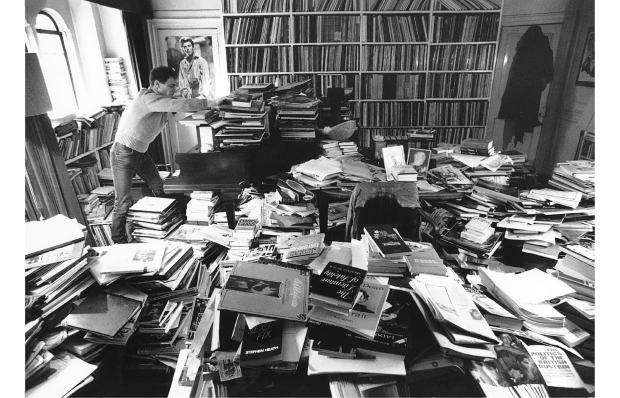
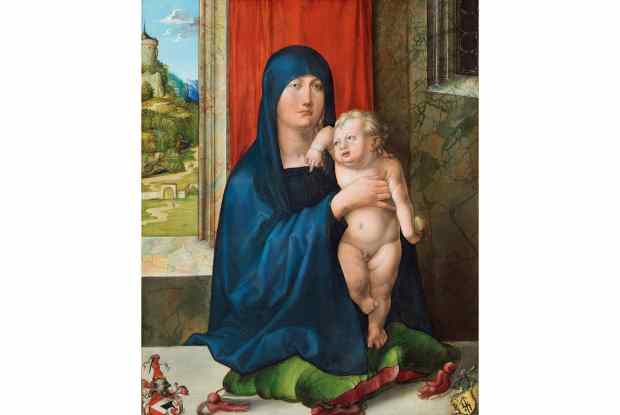
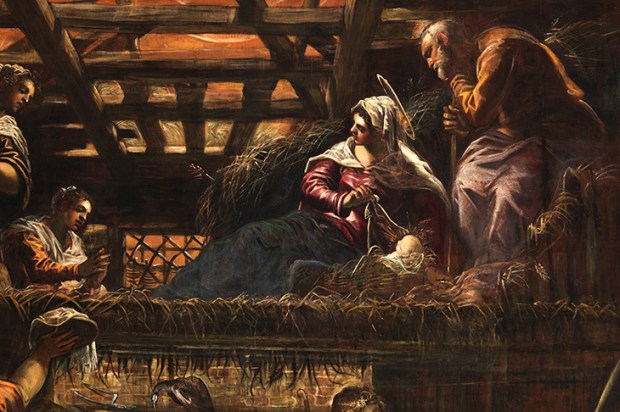
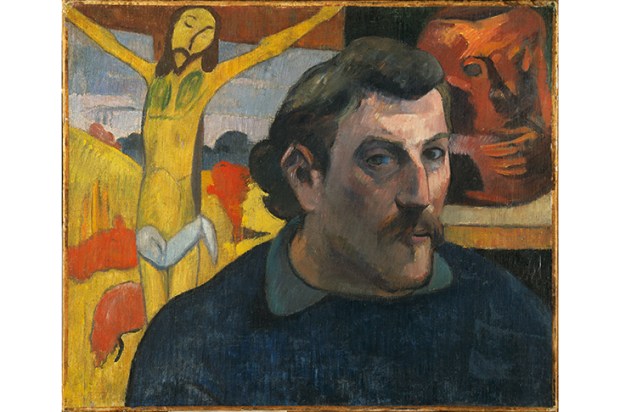
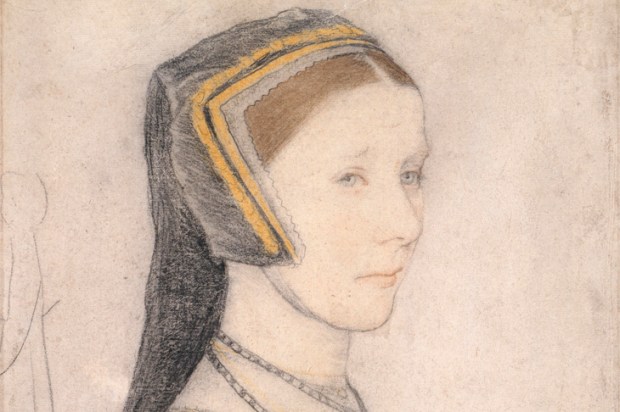
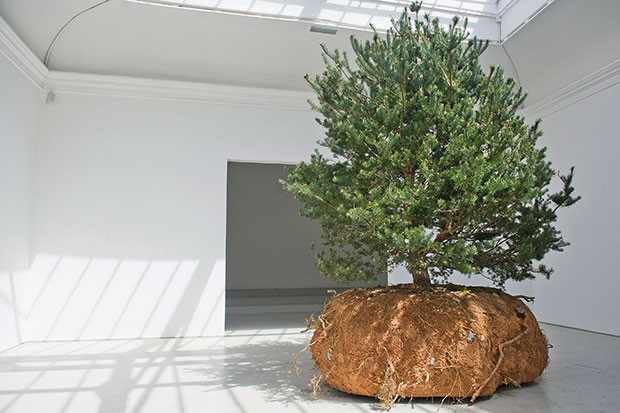






Comments
Don't miss out
Join the conversation with other Spectator Australia readers. Subscribe to leave a comment.
SUBSCRIBEAlready a subscriber? Log in